AS OUR presidential candidates prepare for what passes as political debate here in the U.S., migrants will be passing through our borders — welcome and legal migrants.
Regardless of your politics, look skyward: hawks, falcons, kites, buzzards, and eagles are migrating south in one of the world’s great annual journeys.
The migration is among various wild things I’m tracking this week. So here’s a digest of items to send you off toward reading, listening (to me), contemplation, or even to a mountaintop to witness those migrating birds of prey.
Hawkwatching
My pup Odin and I will be atop a mountain in Vermont today enjoying (and counting) migrating raptors, mostly Broad-winged Hawks this early in the autumn flight. Partly science and partly social, hawkwatches are entirely wonderful. Park yourself at a known migration spot and watch the predators drift past southbound, sometimes by the thousands or tens of thousands.
Even if you don’t know a “redtail” from a “sharpie,” hawkwatches usually draw small crowds of birders who will help you see and understand what’s flying (including Monarch butterflies and migrating dragonflies). Binoculars and patience are essential — so is acceptance for what will be because some days the hawks don’t show up in numbers or might resemble specks of pepper in the clouds. But, hey, you’ll be on a mountain in autumn (so no complaining). Oh, also pack a lunch and maybe a warm beverage.
For decades we’ve been counting hawks at these sites in order to know more about what we might be losing. For more on all this, consult my essay Hawks and Humans on a Burning Planet. It includes links to help you determine if there’s a hawkwatch site near you.
Bryan Watching
Read or listen to a new interview with me in which I peregrinate on songbird migration, conservation, the biodiversity crisis, writing, and even my personal philosophy of life (which isn’t too profound). Find it at the latest issue of From the Ground Up — a new online quarterly about conservation, climate, and community here in New England (and beyond). My interviewer is one of my heroes: ecologist Liz Thompson, the managing editor at From the Ground Up.
Just so you’ll know, before wandering to those big ideas, Liz and I begin with one of the themes for this issue of the magazine: Monhegan Island, off Maine’s midcoast, a crucible for conservation policy, a fallout spot for songbirds, and one of the most spectacular places on Earth. My essay about an extraordinary Monhegan fallout is called When Songbirds Fall to Earth.
Nature Watching
The human bond with nature — that inadequate word we use to describe what’s green and wild and brutal and graceful, what slithers or hops or swims or flies, what constitutes the most genuine places on Earth — gets short shrift in our mass media. Here on Substack, it seems nature is mostly lumped into the “Climate & Environment” category, which is dominated by writers about global overheating and related policy and technologies. But nature does have a home on Substack — at least two homes. If you’re looking to discover the vast diversity of eco/green/bio/tree-hugging writers here, consult these two forces for nature on Substack:
HOME by
, who writes , is a directory of nature writing on Substack organized by region and theme. Poke around. Find writers. Read. Thrive.- , who writes , also publishes interviews with nature writers and features their writing at her wonderful NatureStack. Lots to discover and enjoy here — you know, kinda like nature itself.
Compiling stuff like this takes time. Rebecca and Julie do it because they care. Please support them. Thanks.
Parasite Watching
Fear not: the parasites are coming. I’ve been promising for weeks to report on parasitic flatworms that live inside bird guts and then find their way into the bodies and eye-stalks of common amber snails. The results are spectacular (depending on your point of view). I discovered a wellspring of these flatworms here in Montpelier, Vermont, this summer — it changed my life (for the better). Despite what you might read elsewhere online about this parasite, there’s more here than meets the eye. (Sorry.) At long last, I’ll have my essay about it for you next week. Here again is the beast in action inside those eye-stalks (animated faster than reality owing to the GIF). (Sorry, no trigger warning.) I’ll have actual video and insights for you next week.
Chat Watching and New a Audio Page
Because I lose sleep over writing for you, and because it’s still my field season outdoors, I’ve made only occasional use of Substack Chat. Let’s change that. Although Chat allows me to connect with all 7,300 subscribers to Chasing Nature (thanks for being here), I’ll begin with something exclusively for paying subscribers.
I’ve just opened a chat called “What’s This?” Paying subscribers can post a photo of some oddity from nature — we’ll figure out its identity together (or fail together). Although anything is fair game, I suspect we’ll do better with shots of mystery birds or insects or plants. Slime molds will be tough. And I’m worthless at fish identification (among many other things). So this will be an experiment. I’ll rely on readers to help with species I don’t know or when I can’t find time to get online. (Wouldn’t many of us like to find more time offline?) We’ll keep this chat open and running for a month or so. Visit whenever. (Addendum: I messed up and made the chat public for everyone — it’ll be a big party; we’re on the honor system for posting photos. Thanks!)
I’d also like to hear your ideas for future Chasing Nature chats — please leave them in comments. If you’re not familiar with Substack Chat, it’s not actual chatting in real time; it’s internet chatting in text boxes with the option to include photos or video. You can reach Chat from the Substack app or from your computer’s browser (where I spend most of my Substack time). Either way, this button should get you there:
Finally, I’ve added an Audio page to Chasing Nature where you can listen to narrated posts, interviews, and other audio features. First on the list there is my birdwatching outing with my friend Erica Heilman, host of the podcast Rumble Strip, which has won a Peabody award and has been named top podcast by The New Yorker and The Atlantic (among other tributes). During our outing, I admit to Erica that when it’s my time to go I wouldn’t mind dying in a bog.

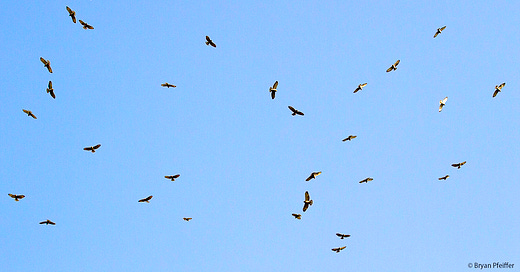



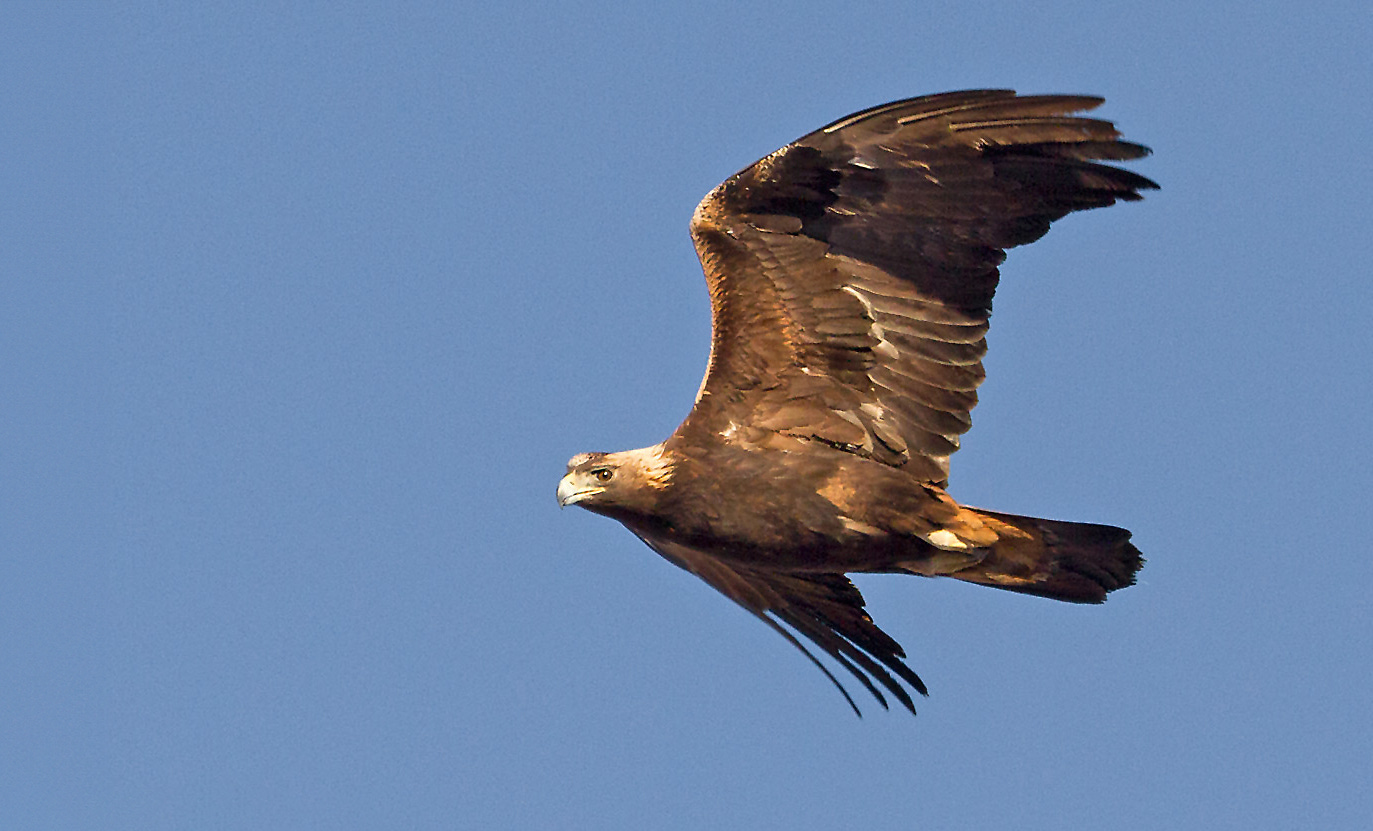

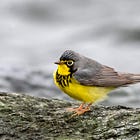
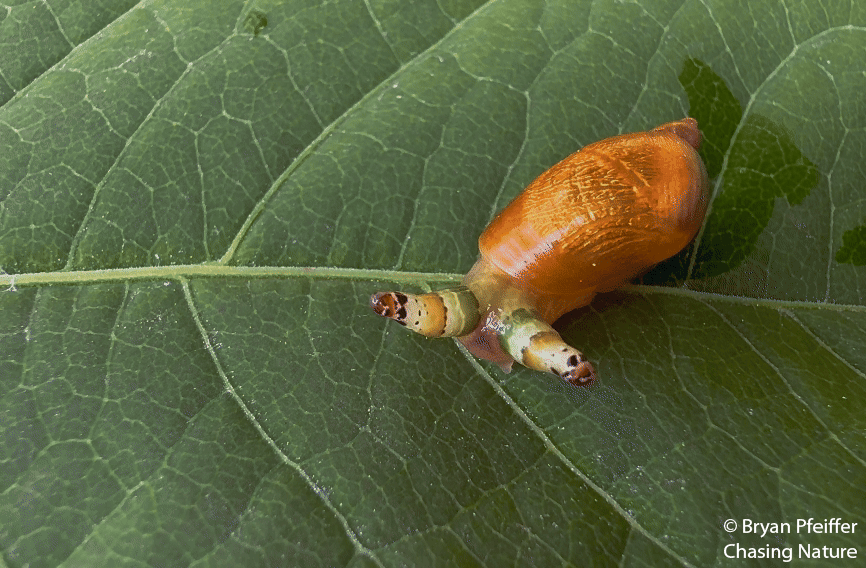
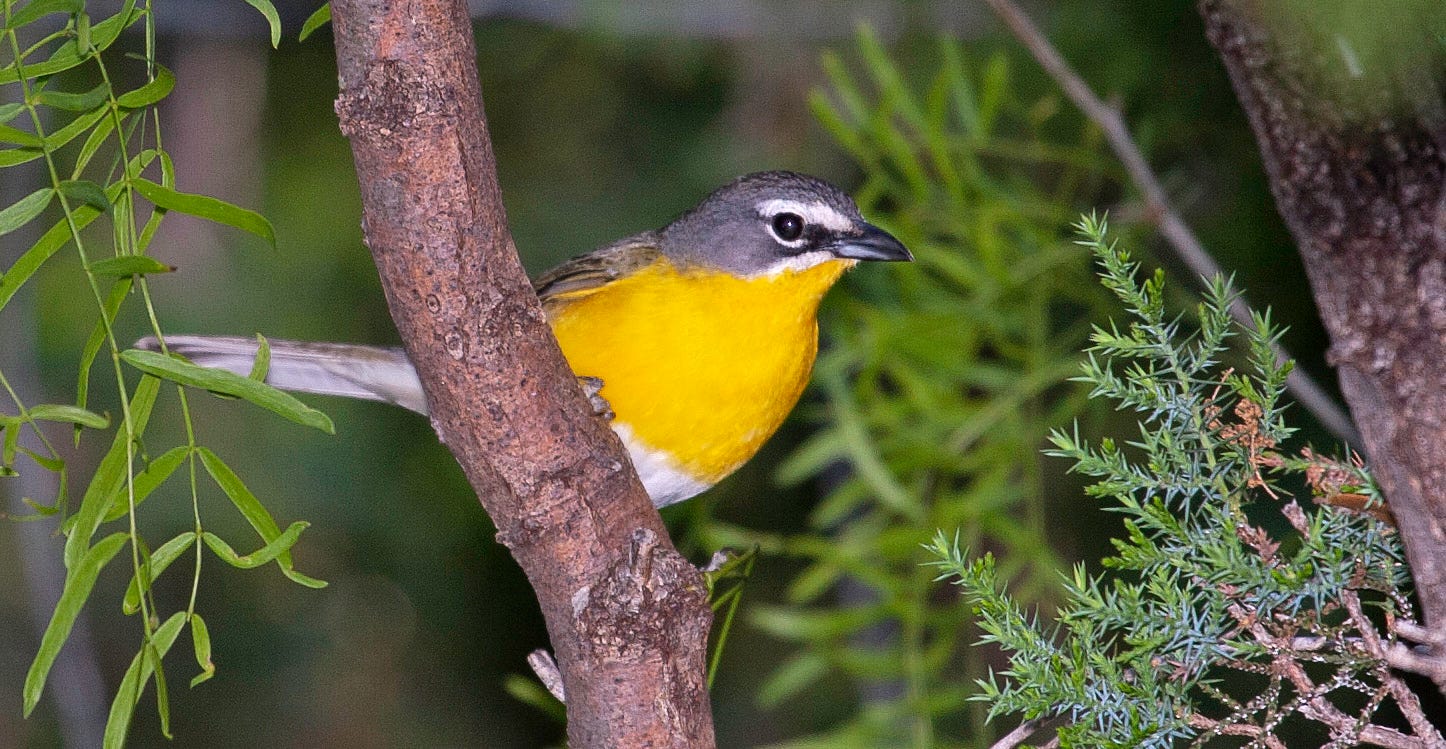


Wow, I listened to the Rumble Strip podcast you did, Bird Man, and I have to say I was really bowled over. First, it made me wish that my introduction to birding had come from someone with your infectious enthusiasm and generosity. I think it would have made my entry into birding much more pleasant. Though my family had long birded, my “mentor” into really watching was this guy who was really hung up on being right, so much so that he sometimes scolded me for getting an ID wrong or second-guessed IDs I knew to be correct. I pretty quickly outgrew him … and keep on birding now. Second, I think it’s really interesting how hearing someone voice can help one appreciate their writing. Now that I know your voice, I think I’ll hear your enthusiasm and energy more in your writing. For me, that’s a real bonus.
Very jealous - we don’t get views like that here!